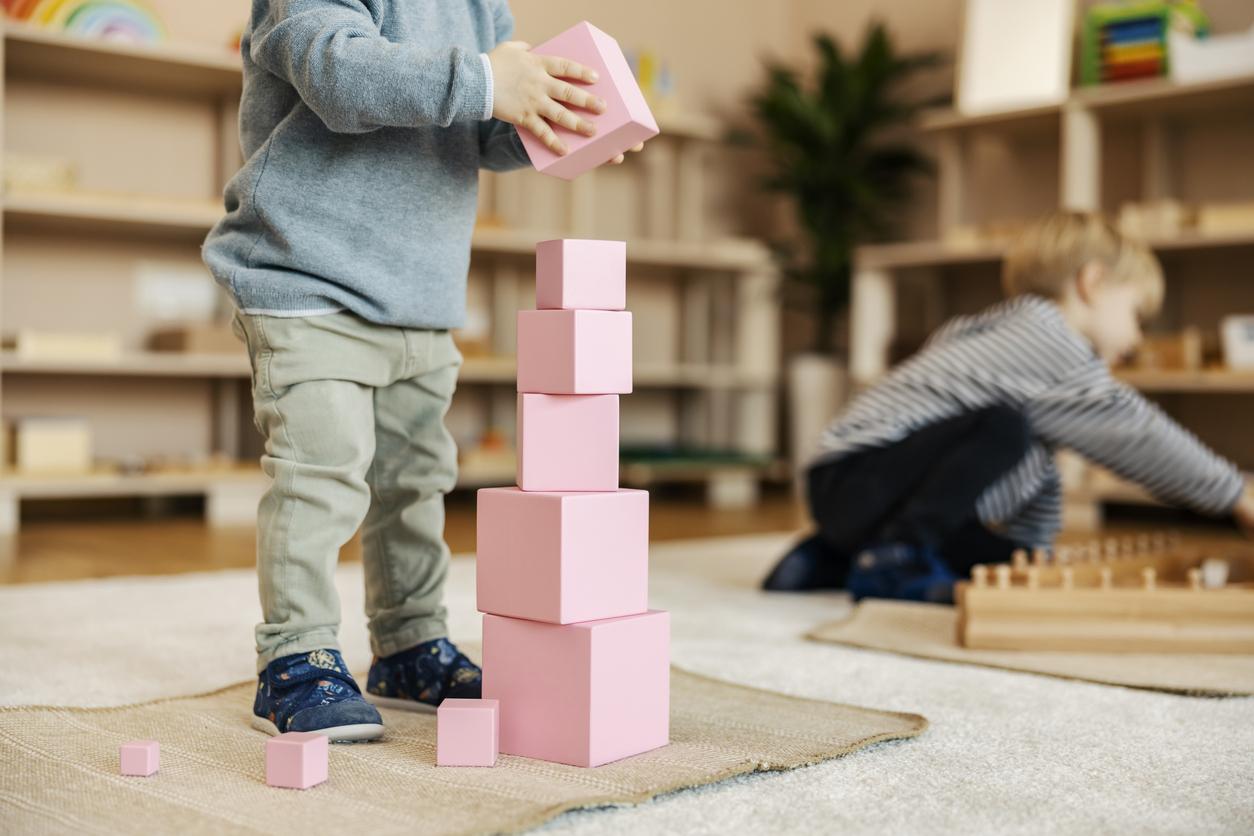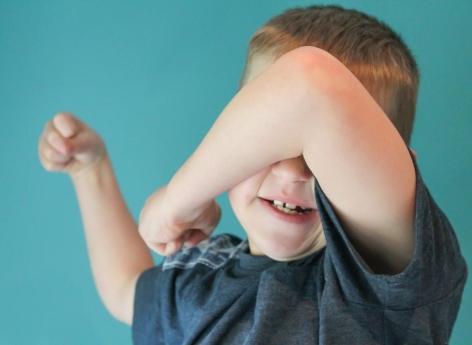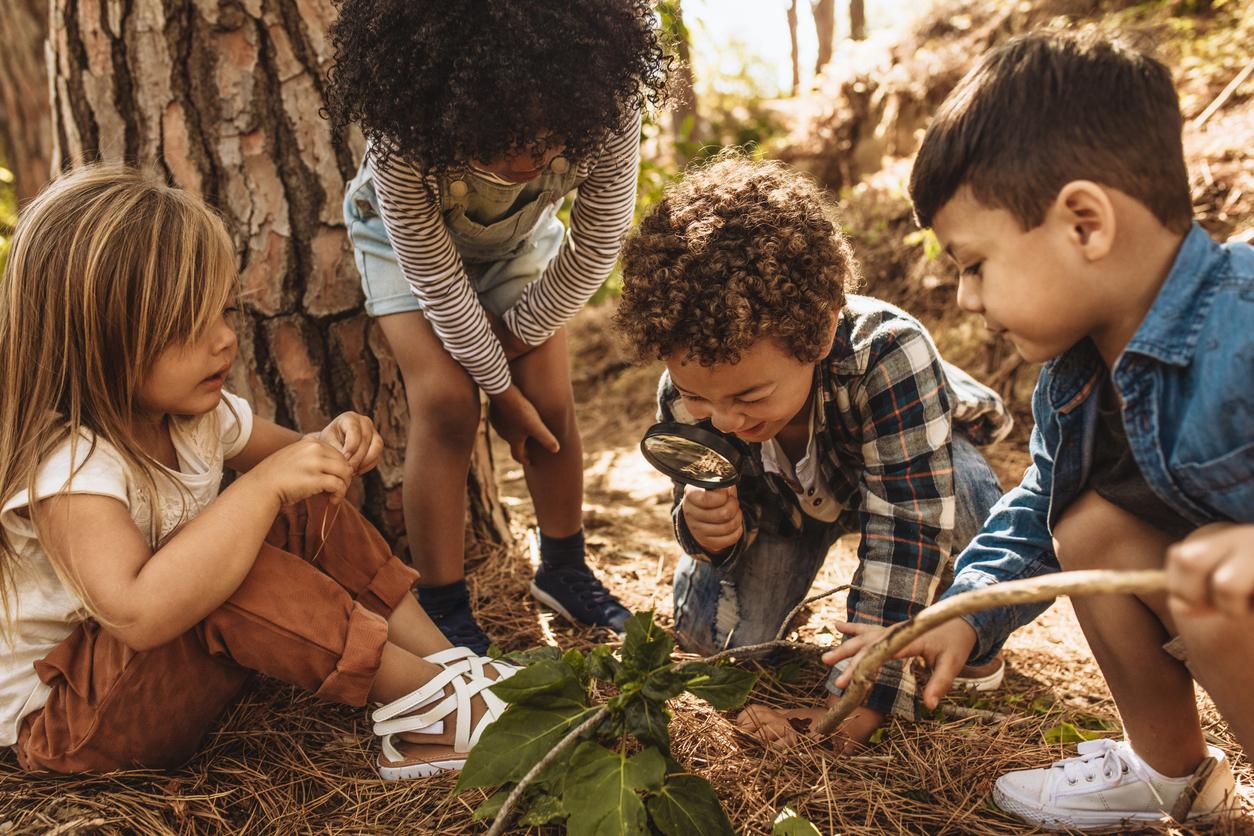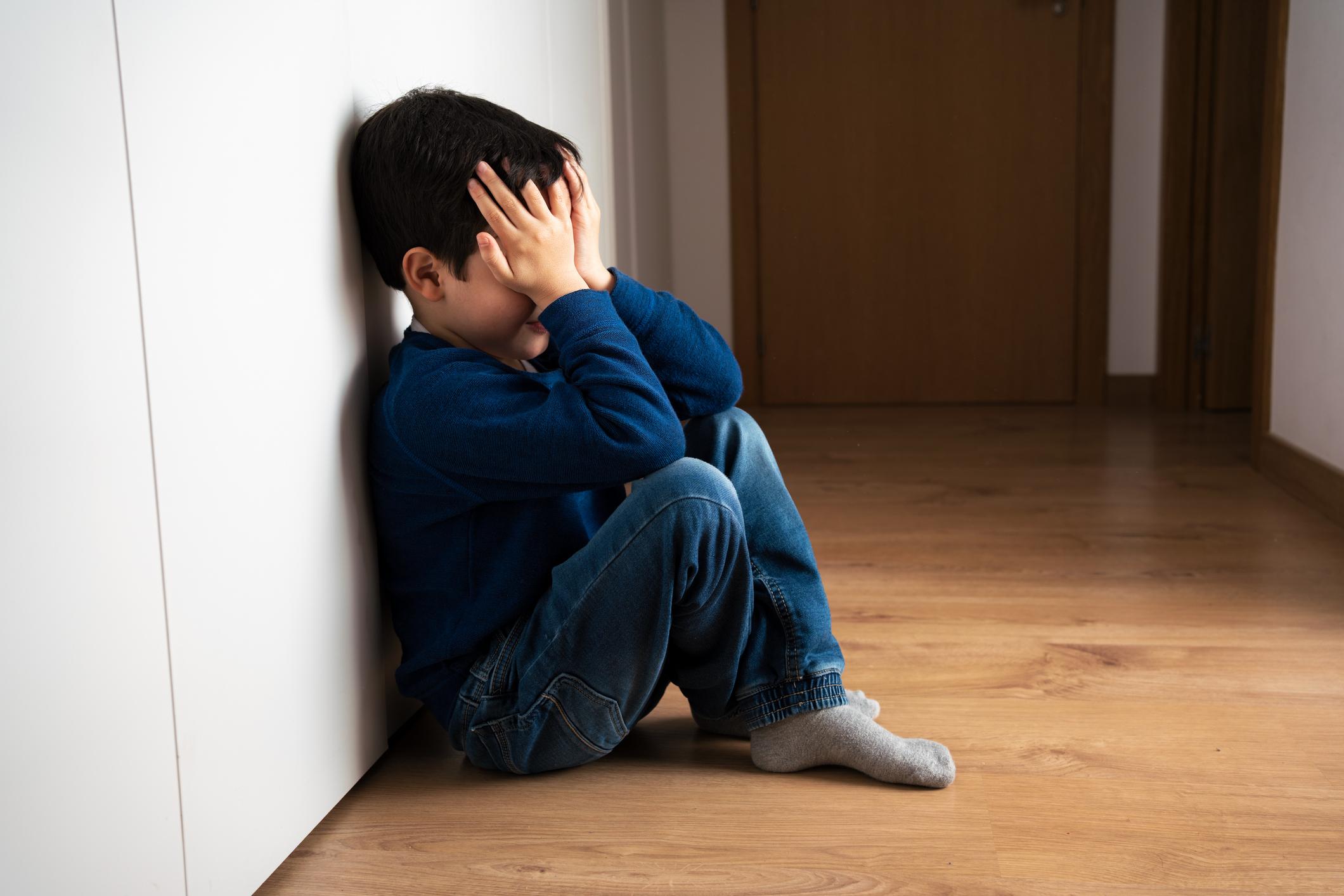A child’s uncontrolled urination at night should be considered one of the first signs of respiratory problems, according to Spanish researchers.
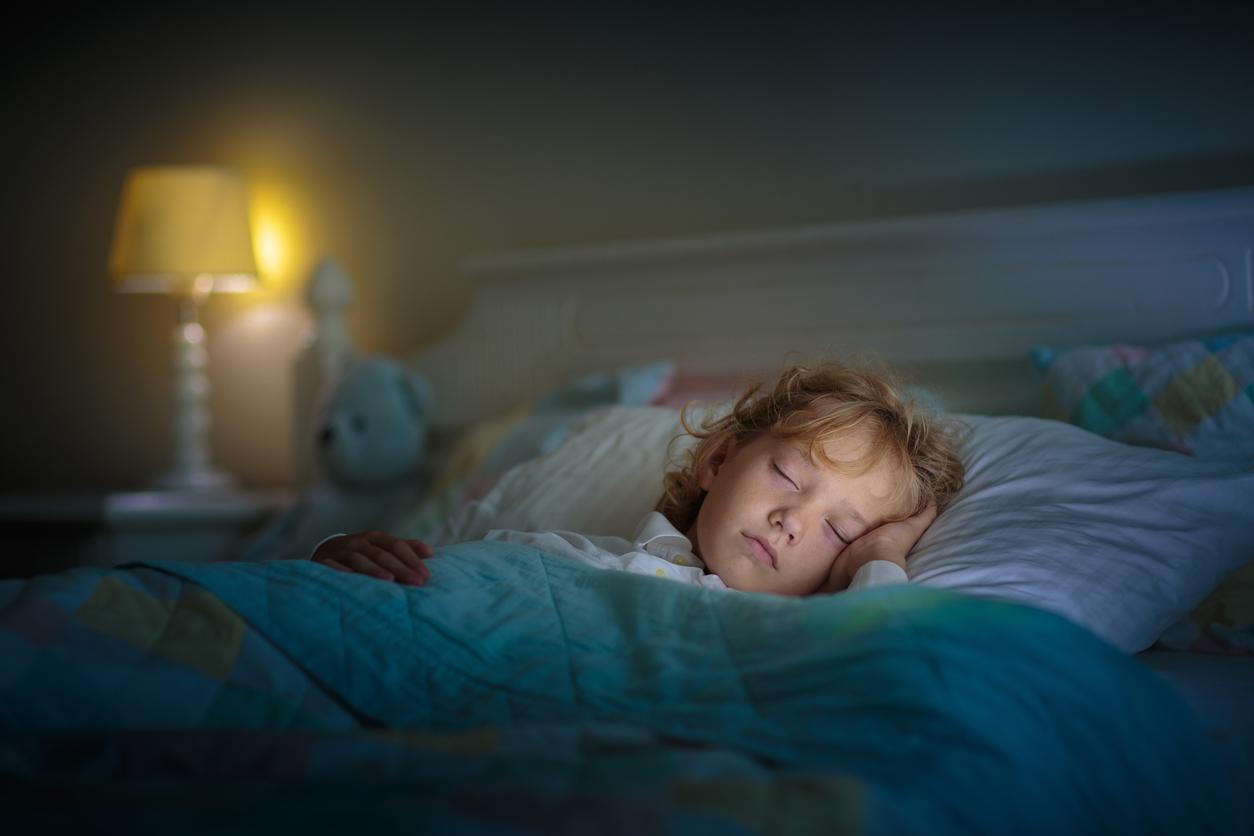
- In a recent study, bedwetting was present in 39.2% of children with obstructive sleep apnea, compared to 28% in the healthy group.
- After adenotonsillectomy, an operation on the tonsils and adenoids, almost half of young patients suffering from obstructive sleep apnea and nocturnal enuresis saw their condition improve significantly (49%).
- This research “highlights the need for early intervention and appropriate management strategies to improve patient outcomes.”
Wetting the bed is common when you’re little. In a recent study, scientists from the Universitat Internacional de Catalunya in Barcelona (Spain) wanted to determine the prevalence of nocturnal enuresis in young people suffering from obstructive sleep apnea.
A link between nocturnal enuresis and sleep apnea in children?
To carry out the research, they recruited children aged 2 to 12 who were divided into three groups: 51 toddlers with obstructive sleep apnea and nocturnal enuresis, 79 young people with obstructive apnea sleep only and 168 healthy children. Their parents completed a questionnaire about their sleep.
Nocturnal enuresis, which refers to repeated, involuntary, uncontrollable, unconscious and most often nocturnal urination, was defined as at least one episode per month. Obstructive sleep apnea was diagnosed by polysomnography and the apnea-hypopnea index was measured. As a reminder, this nocturnal ventilation disorder is characterized by breathing pauses lasting 10 to 30 seconds, or even more, during sleep. “They are due to repeated complete or partial obstructions of the respiratory ducts in the back of the throat (upper airways)”, precise Health Insurance. The team was interested in the effects of adenotonsillectomy, namely an operation on the tonsils and adenoids.

Nocturnal enuresis and sleep apnea: adenotonsillectomy improves the condition of young patients
According to the results, published in the journal Childrennocturnal enuresis was present in 39.2% of children with obstructive sleep apnea, compared to 28% in the control group. After adenotonsillectomy, almost half of young patients suffering from obstructive sleep apnea and nocturnal enuresis saw their condition improve significantly (49%). “These findings highlight the importance of recognizing nocturnal enuresis as a potential clinical marker of obstructive sleep apnea in pediatric patients, highlighting the need for early intervention and appropriate management strategies to improve patient outcomes. “Future research should aim to include larger samples and consider alternative methods to collect more precise data on sleep behavior.” concluded the authors.









